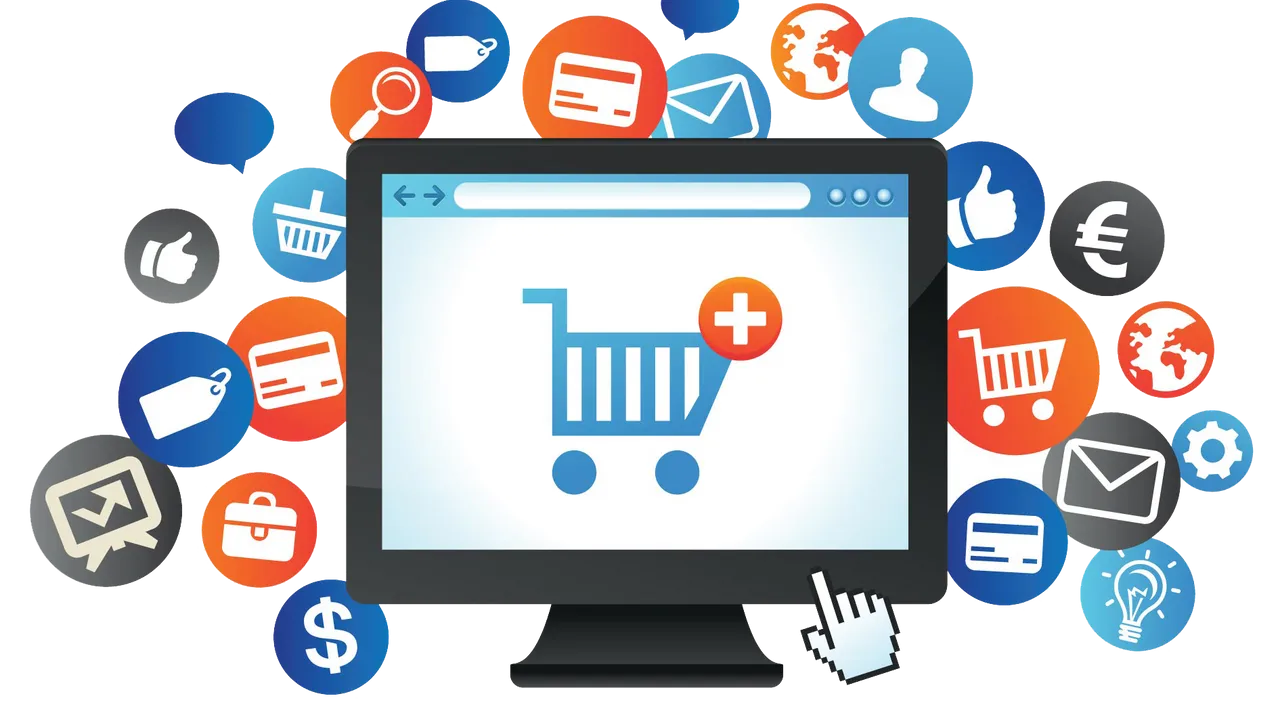Augmented reality (AR) paired with affordable (and even in some cases free) apps, is having a massive impact on customer experience. AR is transforming the way companies interact with their customer and their audience – creating highly personalized virtual experiences of the brand. These brand experiences ultimately build brand loyalty and drive sales.
So, what is Augmented Reality?
According to the online dictionary, Augmented Reality is “a technology that superimposes a computer-generated image on a user’s view of the real world, thus providing a composite view.”
It provides an enhanced version of reality where your real-time direct or indirect views of the physical world are augmented with a computer-generated image which is superimposed over the existing view to show what could be achieved. Needless to say, the implications of such a technology on your marketing and branding are phenomenal.

From Social Media filters to seeing what surgical procedures will look like, AR is hugely popular because it allows us to view the real world as it could be by bringing in elements of the virtual world. Augmented reality is the middle ground between the real world and virtual reality.
Imagine being able to show your potential customers exactly what the effect of your product or service will be on their lives. From make-overs to a revamped room, pretty much anything you can imagine can be super-imposed over the real, existing scene to create an “After” effect.
According to researcher Global Market Insights, the global market for AR products will grow 80% from 2018 to 2024 – which is a $165 billion market.
Augmented reality is being used to give information and experiences to customers who are not in store, and who need more information before they can make a purchasing decision.
Augmented Reality in Customer Product Experience
Let’s take a look at some examples of how Augmented reality is already being used by marketers to create customer product experiences.
Virtual Make-over
Probably the first thing that comes to mind for most when thinking of AR in marketing, is the virtual make-over. A sterling example is Sephora. The super-store recently launched the Sephora Visual Artist which is an app that allows the user to scan their face, and then try on different make up options and get a very real impression of what they themselves will look like in that make up.

The app works by overlaying the different colours and tones over the customer's virtual face. Not only that, but it also offers advice on how to best to apply that make up and which products to use for you, specifically. Never has a marketing tool been so personalized. This company is an excellent example of how tech can be used to add enriching customer experiences and meaningful value to both your marketing and your online user experience.
This is a fantastic example, but it also illustrates how AR can be utilized by any industry which can be represented visually.
Advertising Space – Selling advertising space on a billboard? You can use AR to represent exactly what your client’s advert will look like on your billboard.
Interior / Exterior Design – Designers and architects can render virtual 3D representations of their designs and creations to give customers a real view of what the space will look like when completed.
Clothing and Apparel - as with Sephora’s make up app, if you’re selling clothing or apparel you can allow your customers to “try on” items and match them to each other without ever having to step into a physical store. This is an incredibly powerful tool for those operating purely online businesses like drop-shipping based Ecommerce sites.

Medicine – this may not be relevant to you as a marketer, but it’s important (and interesting) to note that the medical industry has been using AR to plan and execute surgeries for some time already.
Cosmetic Surgery – Cosmetic surgeons are able to give customers / patients a very real idea of what they will look like after a procedure. This is a fantastic tool for those who are making big, life-changing decisions which can’t be undone, as is the case with most surgery.
Augmented reality in marketing is in its infancy at this stage, but the possibilities are endless. There is no doubt that the early adopters will reap the biggest rewards from the technology. Pretty soon customers will come to expect this of their brands and suppliers in the same way that we currently expect our favorite brands to have functional Ecommerce websites, user-friendly delivery options and accessible support.
There’s never been a greater opportunity for anyone marketing a service to get in on the latest and most effective tech than right now. Why? Because everything we know about marketing and customer experience tells us that AR fills a need and bridges a gap between supplier and end user.




